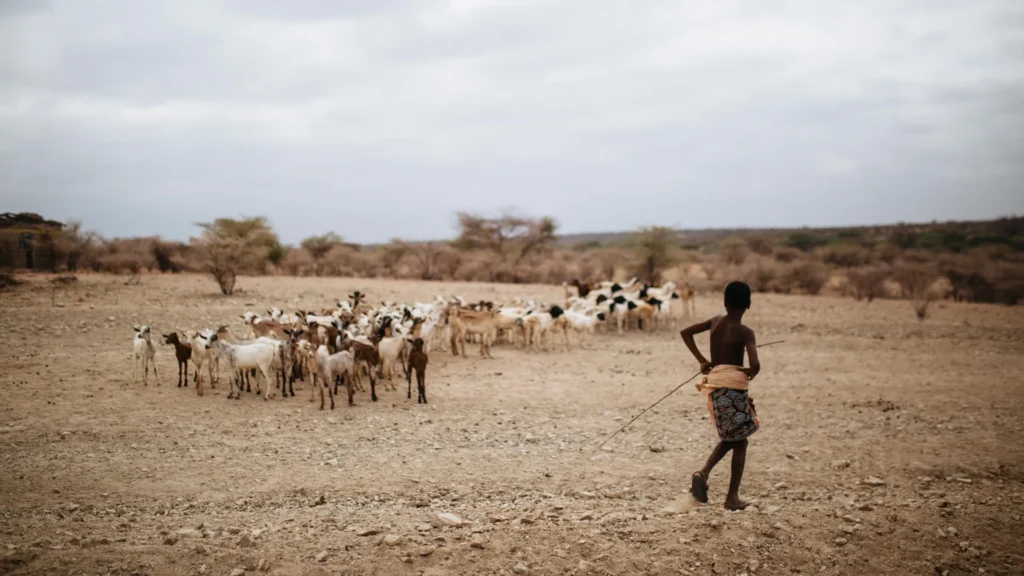US scientists have raised alarms over ongoing dry conditions in Kenya and several East African countries. In an advisory released on Thursday, November 20, the National Oceanic and Atmospheric Administration (NOAA) highlighted that below-average rainfall over the past two months has led to abnormal dryness across the region.
The advisory noted that the persistent lack of rainfall has not only affected Kenya but also neighboring countries, including Ethiopia and Somalia. According to NOAA, “Over the past week, little to light rainfall was observed across many parts of East Africa, including western Ethiopia, Uganda, the Lake Victoria region, and several areas in central Kenya.”
Looking ahead, NOAA forecasts that the dryness is expected to continue. While little rainfall is expected in western Ethiopia, eastern Kenya, and southern Uganda, light to moderate rains are predicted in Rwanda, Burundi, and most parts of Tanzania. The sudden change in weather patterns, particularly during November traditionally known for short rains—could trigger food shortages and other challenges linked to dry weather.
Meanwhile, the Kenya Meteorological Department (Kenya Met) also predicts mostly sunny and dry conditions in several parts of the country, including Nairobi, Mombasa, the Rift Valley, Central Kenya, the Coastal region, and parts of the Lake Victoria basin. Light rains are, however, possible in select southeastern lowlands and areas around Lake Victoria. Counties expected to receive minimal rainfall include Siaya, Kisumu, Homa Bay, Migori, Kisii, Nyamira, Trans Nzoia, Baringo, Uasin Gishu, Elgeyo Marakwet, Nandi, and Nakuru.
Additionally, Kenya Met warned of continued cold nights in the Highland East region, which covers Nairobi, Kiambu, Kirinyaga, Tharaka Nithi, and Nyeri.
While East Africa faces dryness, NOAA predicts heavy rains in the southern part of the continent. Countries such as South Africa, Zambia, Zimbabwe, Botswana, and Namibia are expected to experience above-average rainfall in the coming weeks.
As the dry spell continues, authorities and residents are being urged to prepare for potential water shortages and take necessary precautions to mitigate the impact of reduced rainfall.

